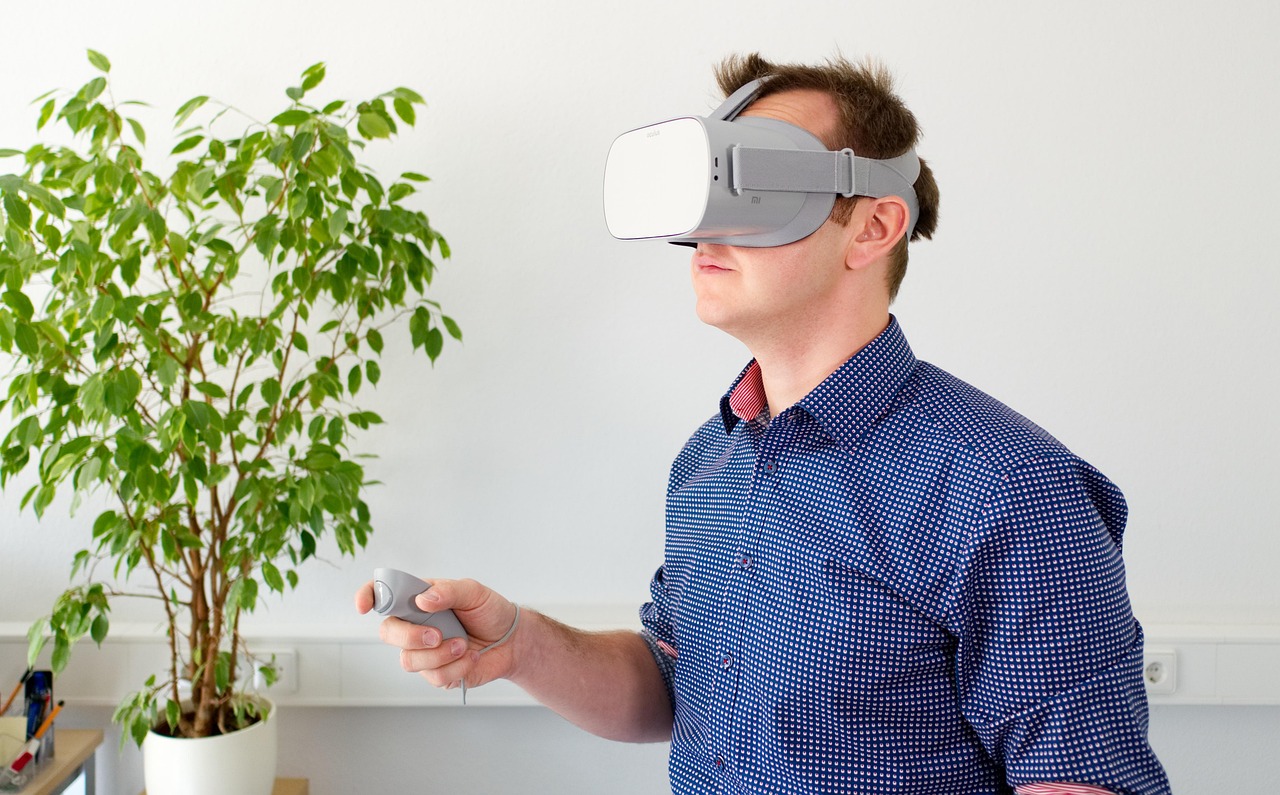Comparing Standalone and Tethered Immersive Systems: Key Considerations
This article examines differences between standalone and tethered immersive systems, focusing on practical factors that affect user experience and deployment. It highlights trade-offs in rendering, tracking, ergonomics, connectivity, and content workflows so readers can evaluate options for different use cases and environments.

Virtual reality systems split broadly into standalone and tethered models, and choosing between them requires understanding how hardware, software, and environment interact. Standalone systems embed compute and sensors in the headset, simplifying setup and improving portability. Tethered systems offload processing to a PC or console, enabling higher-fidelity rendering and broader external device support. Both approaches affect immersive quality, simulation fidelity, operational logistics like calibration and sanitation, and content distribution strategies in distinctive ways.
How do standalone and tethered systems affect immersive quality?
Standalone headsets prioritize convenience by integrating processors and batteries; they can deliver engaging immersive experiences with good stereoscopy and spatial audio, particularly for casual and mobile virtual scenarios. Tethered setups often provide more consistent high-resolution stereoscopy and more complex simulation capabilities because they use powerful external GPUs for rendering. For applications that demand photorealistic visuals or dense simulation scenes, tethered systems usually maintain higher frame rates and richer scene complexity, while standalone devices balance visual fidelity against power, thermal limits, and battery life.
What are differences in rendering, stereoscopy, and latency?
Rendering pipelines differ: standalone devices perform on-board rendering with optimized engines and often reduced texture detail to meet thermal and power constraints, while tethered systems leverage desktop-class rendering to support advanced shading, higher polygon counts, and complex physics. Stereoscopy quality relates to both display resolution and the headset optics; tethered systems commonly pair with higher-resolution displays and faster refresh rates. Latency is critical for comfort—standalone designs aim to minimize wireless or processing delays, but tethered systems with wired connections can produce lower end-to-end latency for demanding simulations, reducing motion sickness risk in sensitive use cases.
How do tracking, spatial mapping, and haptics compare?
Tracking methods vary: inside-out tracking on many standalone headsets simplifies setup, using onboard cameras and IMUs for spatial awareness, while tethered systems may use external base stations or lighthouse trackers for submillimeter positional accuracy. Spatial mapping capabilities are improving on both classes, but external tracking still leads for large-scale location accuracy. Haptics are typically delivered through controllers or external devices; tethered setups can more easily integrate advanced haptics, force feedback rigs, and peripheral hardware for richer simulation, whereas standalone systems commonly rely on onboard controllers with vibration and limited force cues.
What are ergonomics, calibration, and sanitation considerations?
Ergonomics affects session length and user comfort: standalone headsets tend to be lighter and have fewer cables, which reduces physical constraints, but battery weight and heat distribution matter. Tethered headsets can be heavier or require cable management but allow longer continuous sessions since compute and power are external. Calibration routines differ—standalone devices often offer quick automatic calibration for room-scale experiences, while tethered systems may involve more detailed alignment of external trackers and display settings. Sanitation is relevant for shared deployments; materials, removable face covers, and cleaning protocols should be considered equally for both classes to support hygiene and accessibility in public or enterprise settings.
How do compatibility, connectivity, and accessibility differ?
Compatibility concerns the software ecosystem and content formats: standalone systems often use closed or curated stores optimized for mobile-class hardware, offering simple content distribution but narrower compatibility. Tethered setups support expansive libraries via PC platforms and offer broader middleware and peripheral support, improving content flexibility for simulation and enterprise applications. Connectivity modes include onboard Wi‑Fi, Bluetooth, and USB or DisplayPort links; standalone devices emphasize wireless workflows, whereas tethered systems rely on high-bandwidth wired connections for stable rendering. Accessibility features—such as adjustable interpupillary distance, captions, or controller remapping—are available across both types but can differ in maturity depending on platform and vendor support.
Which products illustrate standalone vs tethered trade-offs?
The table below compares representative products to illustrate typical trade-offs in features and estimated cost. It lists commonly referenced models to show how providers position standalone and tethered offerings in terms of tracking, rendering capability, and connectivity. Real-world deployments should verify current specifications and compatibility with intended content and peripherals.
| Product/Service Name | Provider | Key Features | Cost Estimation (if applicable) |
|---|---|---|---|
| Quest 3 (standalone) | Meta Platforms | Onboard rendering, inside-out tracking, wireless content store, portable | Est. $399–$499 |
| Valve Index (tethered) | Valve | High refresh rate, external lighthouse tracking, PC GPU rendering, advanced controllers | Est. $900–$1000 (full kit) |
| Vive Pro 2 (tethered) | HTC Vive | High-resolution displays, SteamVR tracking, enterprise accessories | Est. $749–$899 (headset alone) |
Prices, rates, or cost estimates mentioned in this article are based on the latest available information but may change over time. Independent research is advised before making financial decisions.
Conclusion
Standalone and tethered immersive systems each present a distinct set of trade-offs across rendering, tracking, latency, ergonomics, compatibility, and operational concerns like calibration and sanitation. Choice depends on the intended application: mobile, accessible virtual experiences favor standalone designs, while high-fidelity simulation, advanced haptics, and complex content pipelines often align with tethered setups. Evaluating specific hardware against your content goals, spatial constraints, and user needs will clarify which architecture best supports the intended immersive outcomes.






